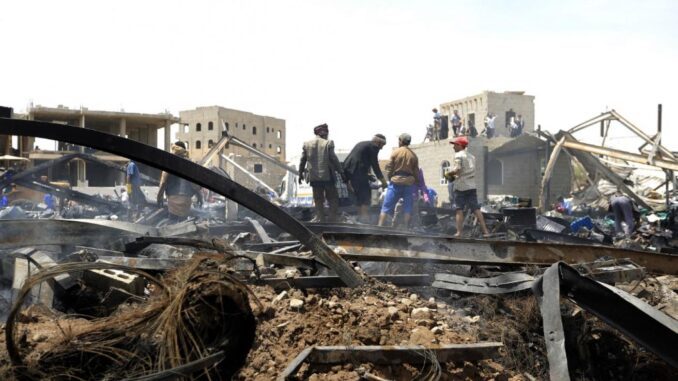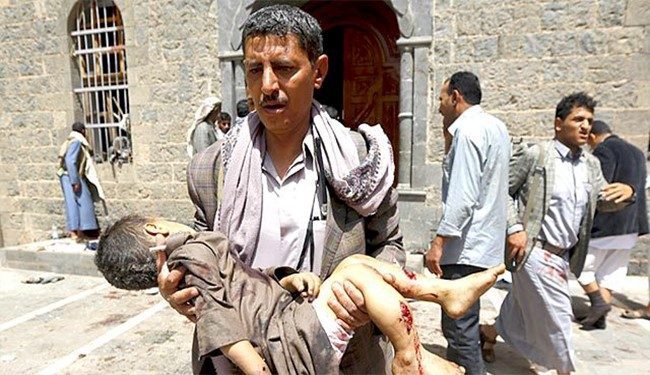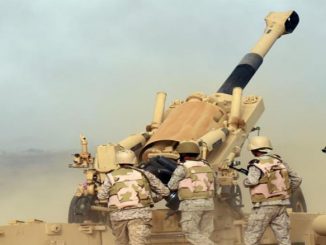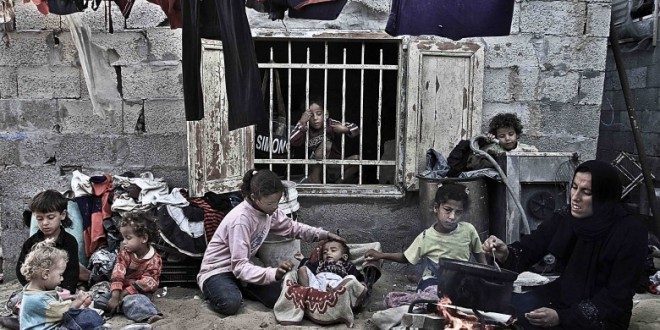
Displaced families are weary as battle for Marib threatens to uproot them again. Four million Yemenis are now homeless, but many won’t move again unless the fighting reaches their camps
Hadi Salah and his family have been displaced five times since war erupted in Yemen in 2014.
Originally from the Nihm district of the capital, Sanaa, Salah eventually arrived in Marib’s Al-Swaidah Internal Displaced Persons (IDP) camp as violence followed the family around the war-torn country.
“I started my journey of displacements late in 2015, when the fight hit our village – we left everything behind and fled with other families towards an unknown destination,” he told Middle East Eye.
By August 2020, he and his eight family members had ended up in the Abeedah area of Marib, where people helped them set up a camp for hundreds of displaced families. Though initially a safer place, the war has once again begun to encroach on their lives.
“The Houthis kept advancing towards Marib and we kept fleeing the battles. The last time was in August 2020, when we fled Al-Zubrah camp and arrived here in Al-Swaidah,” he explained.
The Houthi rebels, who have been the target of a Saudi-led coalition since taking control of Sanaa in 2014, have been pushing to capture Marib province, a stronghold of the Muslim Brotherhood-aligned Al-Islah party.
Marib is strategically important as the centre of the country’s oil and gas production. It is home to international oil companies and a gas pipeline that runs south towards the Gulf of Aden and the Red Sea.
Salah is tired of displacement, but said the threat of violence was inevitable no matter where his family settled.
“Battles usually arrive at our camps, and many times there are victims among displaced families, because we set up camp in safe areas we arrive in and then the fighting follows us in short time,” he explained.
“If there are camps far from the battles, that would be great; but unfortunately, all camps are in areas near to the front lines and there is no safe place that is enough for thousands of displaced families.”
Since 2014, the war in Yemen has seen more than four million people displaced from their homes. Hundreds of thousands have been killed. The violence has pushed Yemen – already one of the world’s poorest countries – to the brink, and left its people in constant fear.
Salah said shells had fallen near to the camp and they could hear the fighting and mortars, but he said they were running out of safe options.
“We expect the battles to arrive at any time, as the sounds of clashes are nearer every day, but we have nothing to do and we are tired of fleeing. For me, I won’t flee until the fighting comes to the camp,” he said.
Salah said his family – especially the children and women – were worried, but he had tried to calm them down by telling them that the battles were far away and that they were in a safe area.
“When they hear the bombing, they feel that the battles are near. They have experience that air bombing is the first step, [and] that’s followed by fighting, but I try to calm them down.”
One million displaced
Prior to the conflict, Marib had a population of 20,000, according to the World Bank, but it has since become one of Yemen’s most densely populated governorates – hosting a quarter of Yemen’s four million internally displaced people, according to the UNHCR.
Saleh al-Haddad, a human rights activist in Marib, said that the situation of the displaced families in the province was becoming especially dire following the recent escalation. He confirmed that shells had fallen on or near to the IDP camps and that many IDPs had moved to new, safer camps.
“We deal with the displaced families as if we are one family, as all of us are Yemenis, and the people of Marib allowed the displaced families to set up camps in their lands,” he explained.
Since the beginning of the year, the escalation in hostilities has led to the displacement of over 13,600 people (2,272 families) in Marib.
“In March alone, there were 40 civilian casualties, including 13 in makeshift settlements for displaced families. This is the highest number in a month since 2018 in Marib,” said the UNHCR.
Salah stated that his family suffered from lack of food and water, as their homes were of poor quality, but safety was the ultimate priority.
Ahmed Muhsen, another displaced man from the same region in Sanaa, said he had been a farmer in his village and was now jobless, moving with his family from one camp to another.
“Early this month, shelling fell in Al-Meel camp and some tents were destroyed. Some displaced people were injured and we were lucky that we were safe,” Muhsen told MEE, referring to another IDP camp.
“I took my family and fled to Marib city and I got support to live in a hotel, together with my five family members.”
Ready to flee
Muhsen said that only a few families had fled the camp, while the majority were still there, lacking any other options.
“I think all families need to leave the camp and live in a safe place, but there are no camps in Marib city,” he added.
“All camps in the outskirts of Marib aren’t safe, as shelling usually hits them or at least falls near to them.”
Kahlan Naji, 25, went through the same journey as Salah.
“Shelling fell near to us, and those who want to flee have already fled the camp last month, after the recent military escalation, but I decided not to flee until clashes arrive here,” he told MEE.
Naji stated that he was frustrated by the situation in the province, noting he had been displaced four times already.
Ramadan made him reflect on life in his village, where he would celebrate the holy month with his entire extended family, who were now scattered across the country.
“This is the first Ramadan for me in this camp, and I spent Ramadan in five years in five camps because we kept fleeing battles, and [now] they are moving towards Marib city,” he said.
“We feel that we will flee anytime and we are always ready with our belongings to flee, as no one can expect the advance of the battles.”



